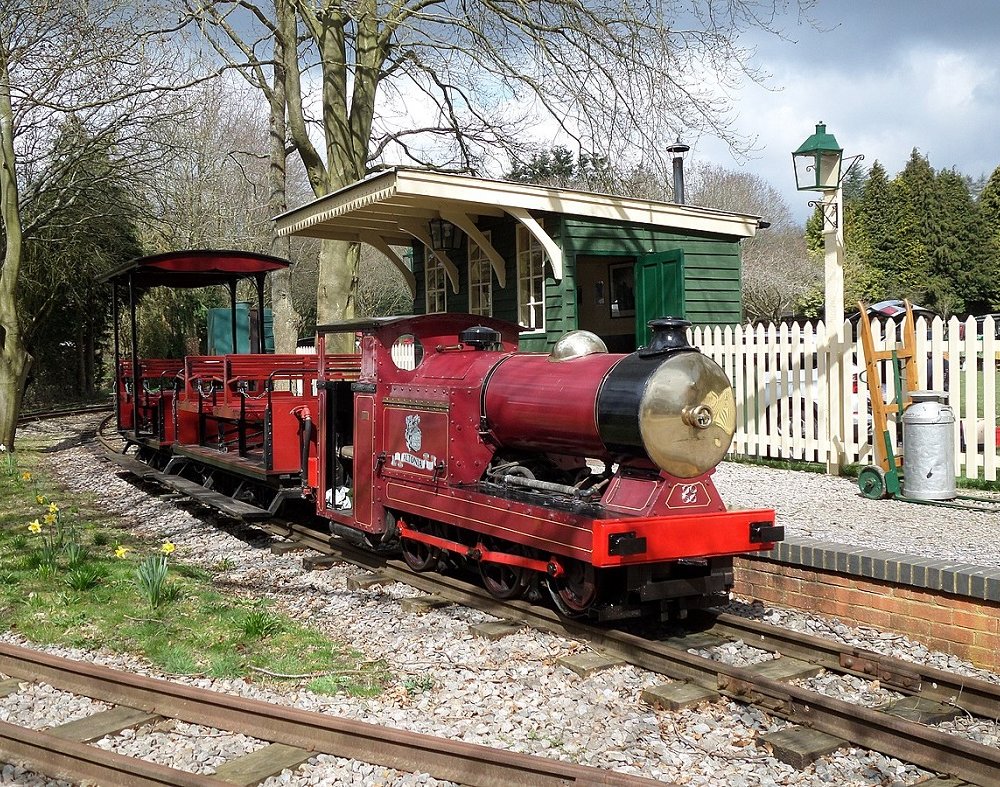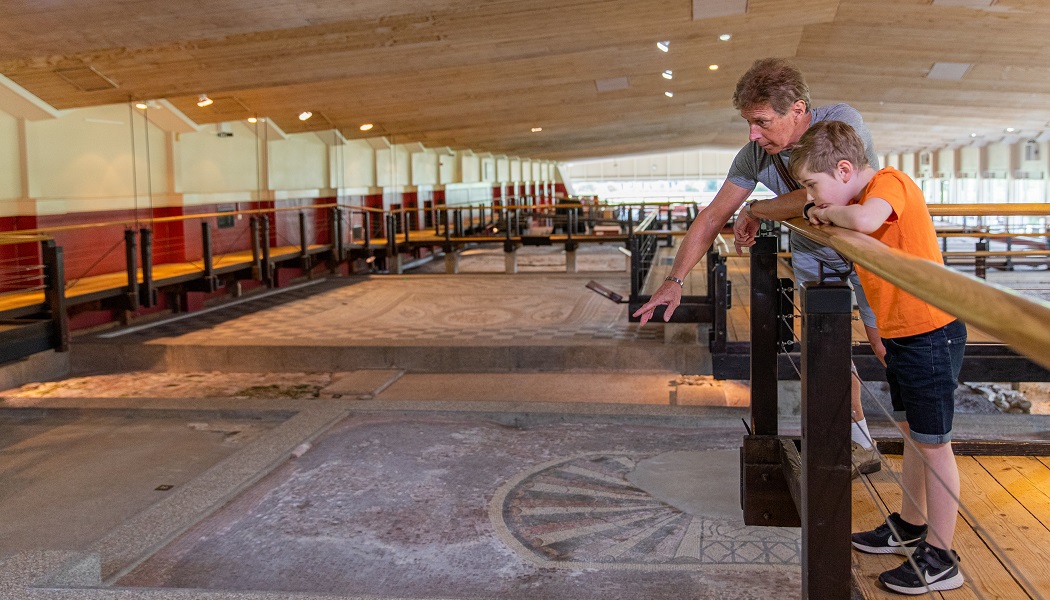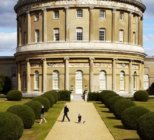Though many museums and heritage venues already work with local people, often the focus is on inclusion through engaging with specific community groups – aligning to the priorities of the National Lottery and other funders.
There is now a case for developing a comprehensive integrated programme that regularly attracts a variety of local audiences rather than individual initiatives, putting venues at the heart of their communities.
Some museums and heritage venues will have little choice in the short-term, as there will be fewer tourists to boost visitor numbers. Oxford Economics research for the DCMS Tourism Recovery Plan forecasts that inbound tourism to the UK will only return to 2019 levels by 2025 at the earliest, possibly with lower levels of spending. Domestic overnight tourism is forecast to recover fully by 2023-4, but with lower levels of expenditure until 2025.
The pandemic is also changing the nature of local visiting. Hybrid working where employees spend some of their working week at home is being planned by a wide range of public-sector and private-sector employers.
For example, The Chartered Institute of Personnel and Development found that 40% of employers expect more than half their workforce to be working from home regularly post-pandemic.

Hybrid working could affect local demand and visiting patterns. Anecdotally, Chester Zoo is seeing more visits on Fridays and Mondays as workers work flexibly and other venues are exploring extensions to the ‘weekend’.
Many people are building their work flexibly around school hours making after-school visiting a possibility. Bowood House and Gardens in Wiltshire has sold out of season tickets for the first time and is seeing families within 30 minutes’ drive visiting after school, as well as on weekends and during holidays.
Museums and heritage venues are well placed to take advantage of greater local demand. While people are increasingly staying local for their shopping and leisure, visitor values are also changing. Evidencing a rising yearning for social interaction, an Observer/Opinium poll found that seeing family and friends was the element of life most missed during the pandemic (63%).
Wellbeing is another key driving factor. A Barclays survey found that 69% of people rated health and wellbeing as very or extremely important and, crucially, that it would influence their leisure activities.
This all adds up to a clear potential for many venues to engage local audiences. Museums and heritage organisations have interesting and varied collections housed within equally fascinating environments. These institutions, too, are practiced at engaging visitors in different ways, including through stories, detail and activities.

For many locals, museums and heritage organisations are trusted institutions that can be a safe space to meet up for enriching, enjoyable, uplifting, social experiences.
Yet hoping that past local audiences return may not be enough for venues to be viable into the future. They will probably need to attract a wider variety of local visitors and, to this end, may have to create a more varied visitor offer.
It may be possible to find one or two new local audiences that can be persuaded to start visiting in substantial numbers, but more likely is to develop clusters of different local audiences of varying sizes that start to see that a venue has something for them with incentives to engage regularly.
This may involve using all the assets of a venue to attract visitors, even if this is outside of the themes and objects in their collections. For example, venues with outdoor spaces are attracting local visitors as much to food/drink festivals, gardening workshops, family activities or tai chi sessions as to their displays. Cafes and shops are assets to be as meeting places for different groups, for showcasing local producers and produce and for Christmas gift events.
This approach aims to build up a Community of Interest of different local audiences that uses a venue in a variety ways. This is especially important to generate repeat local visits and visits outside of the peak season. Reaching out to mixed local audiences helps to make venues into a focal point for local activity.
How museums and heritage sites can translate visitor insight into income generation
Some of this activity can be focussed on inclusion, other on engaging different audiences. A mixed economy model would see some events and activities free while others are charged-for to generate earned income, where appropriate. Some audiences may come regularly, others once or twice a year.
Partnerships are an important way of extending reach and widening the offer. Working with different partners can bring specific audiences to a venue, drawing on their specialist knowledge and expertise. Sometimes a venue’s main role is to host activity, publicise it and add status and prestige. Choosing partners carefully to develop and run select activity manages limited capacity and resources and reduces risk.
Pulling together a local Community of Interest can create a programme that ensures that museums and heritage venues are used all year round. To do this will require flexibility. Changes caused by the pandemic will not all happen at once and the agendas of various local audiences will differ. However, if enough local visitors have reasons to visit, venues can become valued in their community and will thrive.










